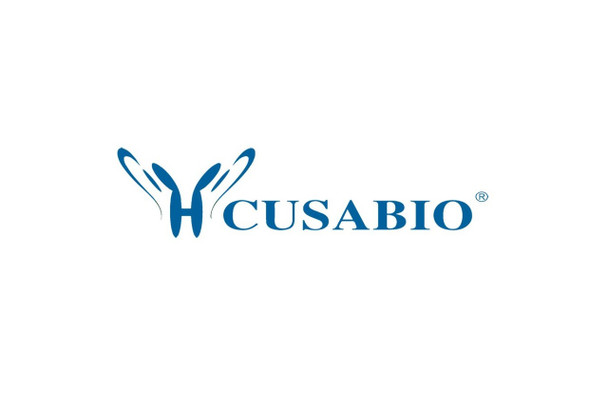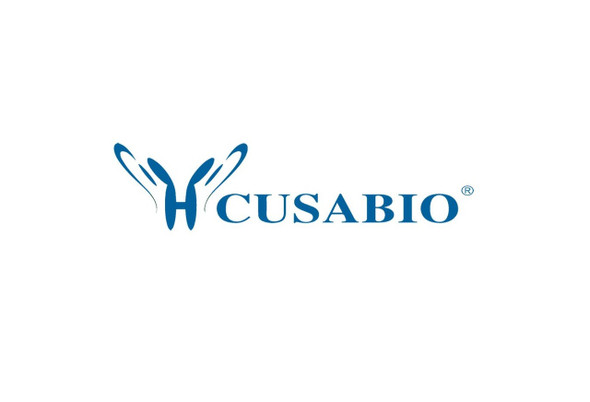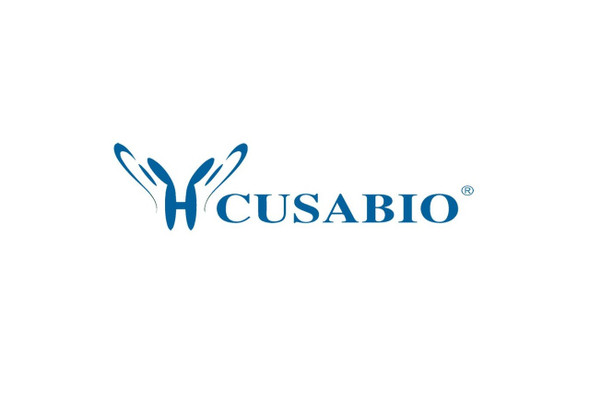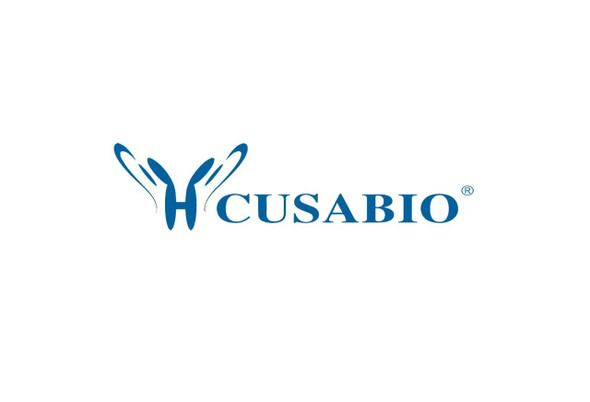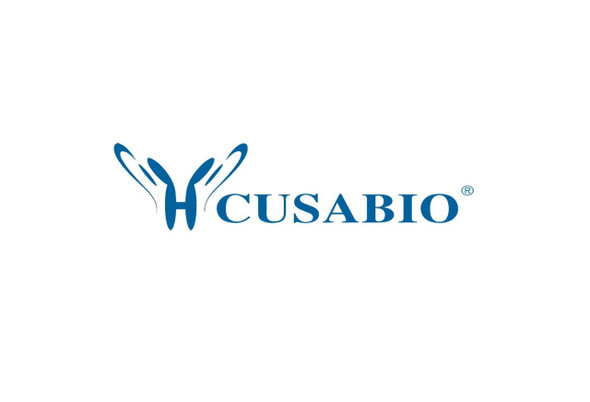Cusabio Human Recombinants
Recombinant Human Keratin, type I cytoskeletal 14 (KRT14) | CSB-EP012512HU
- SKU:
- CSB-EP012512HU
- Availability:
- 13 - 23 Working Days
Description
Recombinant Human Keratin, type I cytoskeletal 14 (KRT14) | CSB-EP012512HU | Cusabio
Alternative Name(s): Cytokeratin-14 ;CK-14Keratin-14 ;K14
Gene Names: KRT14
Research Areas: Signal Transduction
Organism: Homo sapiens (Human)
AA Sequence: MTTCSRQFTSSSSMKGSCGIGGGIGGGSSRISSVLAGGSCRAPSTYGGGLSVSSSRFSSGGACGLGGGYGGGFSSSSSSFGSGFGGGYGGGLGAGLGGGFGGGFAGGDGLLVGSEKVTMQNLNDRLASYLDKVRALEEANADLEVKIRDWYQRQRPAEIKDYSPYFKTIEDLRNKILTATVDNANVLLQIDNARLAADDFRTKYETELNLRMSVEADINGLRRVLDELTLARADLEMQIESLKEELAYLKKNHEEEMNALRGQVGGDVNVEMDAAPGVDLSRILNEMRDQYEKMAEKNRKDAEEWFFTKTEELNREVATNSELVQSGKSEISELRRTMQNLEIELQSQLSMKASLENSLEETKGRYCMQLAQIQEMIGSVEEQLAQLRCEMEQQNQEYKILLDVKTRLEQEIATYRRLLEGEDAHLSSSQFSSGSQSSRDVTSSSRQIRTKVMDVHDGKVVSTHEQVLRTKN
Source: E.coli
Tag Info: N-terminal 6xHis-SUMO-tagged
Expression Region: 1-472aa
Sequence Info: Full Length
MW: 67.6 kDa
Purity: Greater than 90% as determined by SDS-PAGE.
Relevance: The nonhelical tail domain is involved in promoting KRT5-KRT14 filaments to self-organize into large bundles and enhances the mechanical properties involved in resilience of keratin intermediate filaments in vitro.
Reference: Remarkable conservation of structure among intermediate filament genes.Marchuk D., McCrohon S., Fuchs E.Cell 39:491-498(1984)
Storage: The shelf life is related to many factors, storage state, buffer ingredients, storage temperature and the stability of the protein itself. Generally, the shelf life of liquid form is 6 months at -20?/-80?. The shelf life of lyophilized form is 12 months at -20?/-80?.
Notes: Repeated freezing and thawing is not recommended. Store working aliquots at 4? for up to one week.
Function: The nonhelical tail domain is involved in promoting KRT5-KRT14 filaments to self-organize into large bundles and enhances the mechanical properties involved in resilience of keratin intermediate filaments in vitro.
Involvement in disease: Epidermolysis bullosa simplex, Dowling-Meara type (DM-EBS); Epidermolysis bullosa simplex, Weber-Cockayne type (WC-EBS); Epidermolysis bullosa simplex, Koebner type (K-EBS); Epidermolysis bullosa simplex, autosomal recessive 1 (EBSB1); Naegeli-Franceschetti-Jadassohn syndrome (NFJS); Dermatopathia pigmentosa reticularis (DPR)
Subcellular Location: Cytoplasm, Nucleus
Protein Families: Intermediate filament family
Tissue Specificity: Detected in the basal layer, lowered within the more apically located layers specifically in the stratum spinosum, stratum granulosum but is not detected in stratum corneum. Strongly expressed in the outer root sheath of anagen follicles but not in the germinative matrix, inner root sheath or hair. Found in keratinocytes surrounding the club hair during telogen.
Paythway: Estrogensignalingpathway
Form: Liquid or Lyophilized powder
Buffer: If the delivery form is liquid, the default storage buffer is Tris/PBS-based buffer, 5%-50% glycerol. If the delivery form is lyophilized powder, the buffer before lyophilization is Tris/PBS-based buffer, 6% Trehalose, pH 8.0.
Reconstitution: We recommend that this vial be briefly centrifuged prior to opening to bring the contents to the bottom. Please reconstitute protein in deionized sterile water to a concentration of 0.1-1.0 mg/mL.We recommend to add 5-50% of glycerol (final concentration) and aliquot for long-term storage at -20?/-80?. Our default final concentration of glycerol is 50%. Customers could use it as reference.
Uniprot ID: P02533
HGNC Database Link: HGNC
UniGene Database Link: UniGene
KEGG Database Link: KEGG
STRING Database Link: STRING
OMIM Database Link: OMIM

